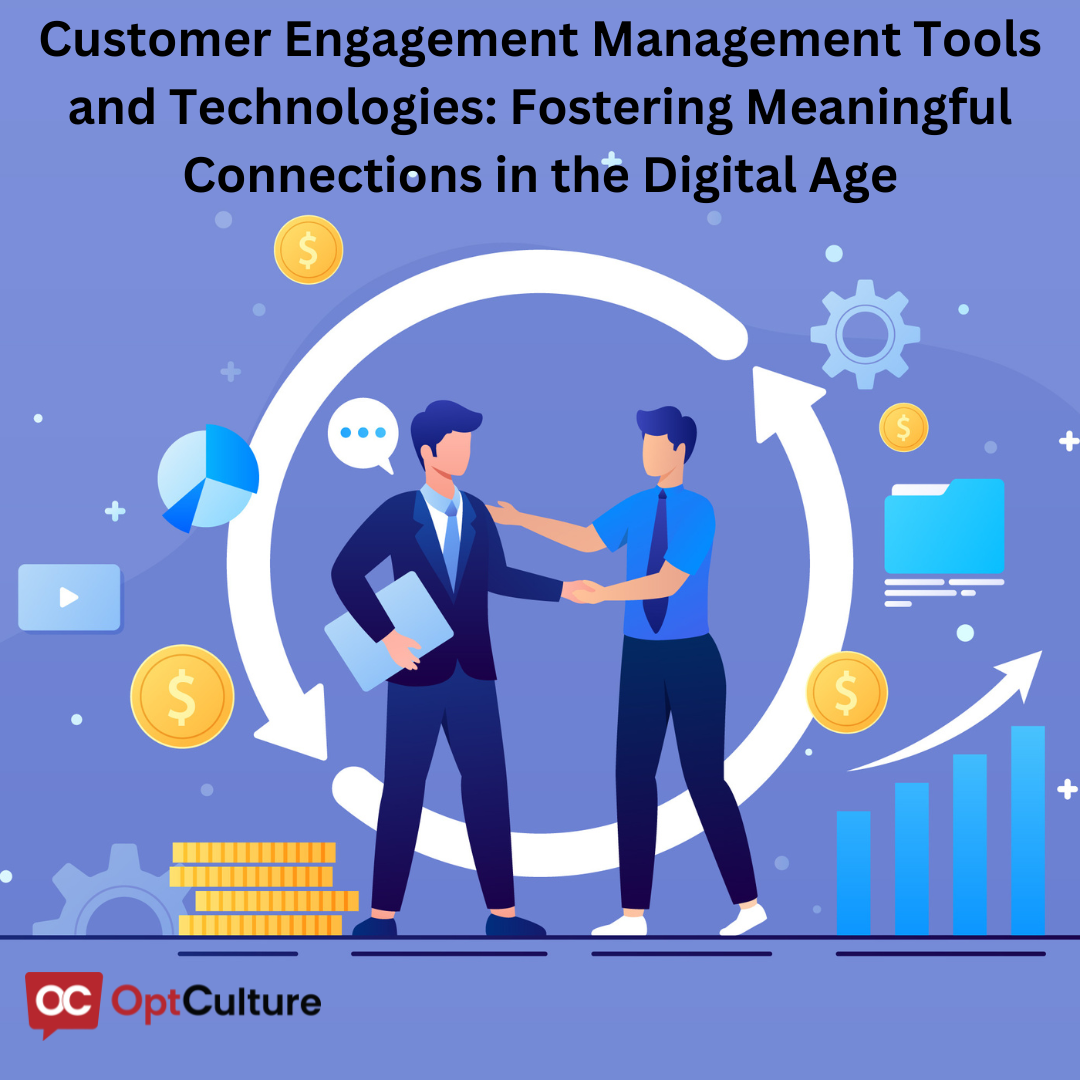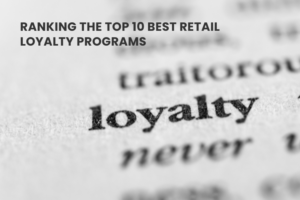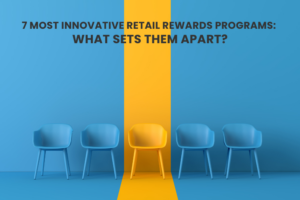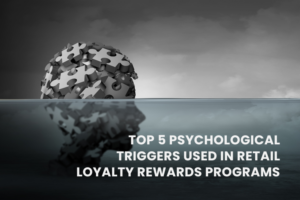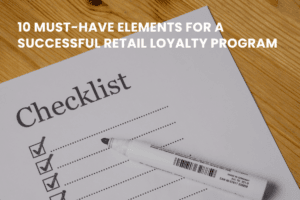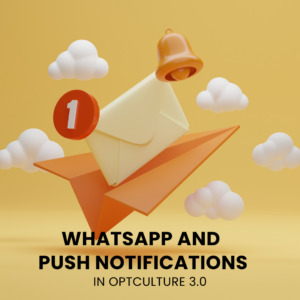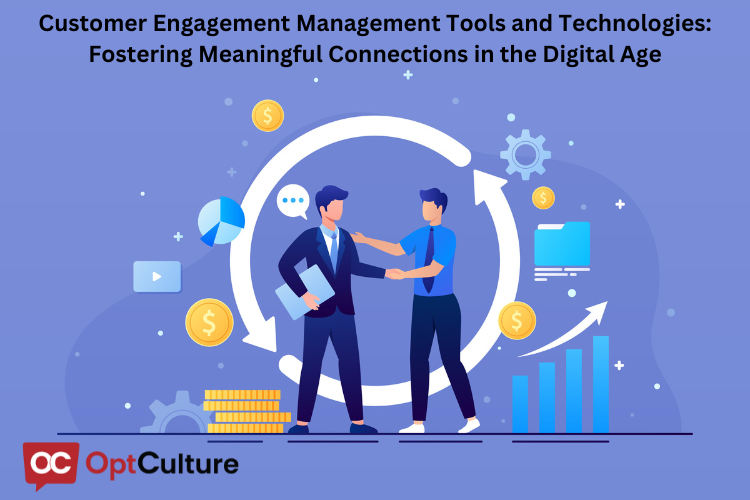
Customer Engagement Management Tools and Technologies: Fostering Meaningful Connections in the Digital Age
Introduction:
In today’s competitive business landscape, customer engagement has emerged as a critical driver of success. It’s no longer enough to simply provide quality products or services; companies must also cultivate meaningful connections with their customers to foster loyalty, drive repeat business, and encourage positive word-of-mouth. This is where customer engagement management (CEM) tools and technologies play a pivotal role.
What is Customer Engagement Management?
Customer engagement management (CEM) is a strategic approach to understanding, interacting, and building relationships with customers throughout their lifecycle. It encompasses a wide range of activities aimed at creating a positive and personalized customer experience across all touchpoints, from initial awareness to post-purchase interactions.
Benefits of Customer Engagement Management
Effective CEM can yield numerous benefits for businesses, including:
Enhanced Customer Satisfaction: By fostering positive interactions and resolving issues promptly, businesses can increase customer satisfaction and loyalty.
Improved Customer Retention: Engaged customers are more likely to remain loyal to a brand, reducing churn and customer acquisition costs.
- Increased Customer Lifetime Value: By cultivating long-lasting relationships, businesses can extract greater value from each customer over time
- Enhanced Brand Reputation: Positive customer experiences lead to positive word-of-mouth and a stronger brand reputation.
Types of Customer Engagement Management Tools and Technologies
A variety of CEM tools and technologies are available to help businesses achieve their engagement goals. These tools can be broadly categorized into the following areas:
1. Customer Relationship Management (CRM) Systems: CRM systems provide a centralized platform for managing customer data, interactions, and sales pipelines. They enable businesses to track customer history, preferences, and purchase patterns, allowing for personalized engagement.
2. Marketing Automation Platforms: Marketing automation platforms streamline marketing campaigns and nurture leads across multiple channels, including email, social media, and mobile. They enable businesses to automate repetitive tasks, personalize content, and measure campaign effectiveness.
3. Customer Analytics and Reporting Tools: These tools provide insights into customer behavior, preferences, and feedback. They enable businesses to identify trends, segment their customer base, and make data-driven decisions to improve engagement strategies.
4. Social Media Management Tools: Social media management tools help businesses manage their online presence, engage with customers, and monitor social media conversations related to their brand. They enable businesses to respond promptly to customer queries and build a strong social media community.
5. Customer Feedback and Survey Tools: These tools allow businesses to collect feedback from customers through surveys, polls, and feedback forms. They provide valuable insights into customer satisfaction, pain points, and areas for improvement.
6. Chatbots and Virtual Assistants: Chatbots and virtual assistants provide real-time customer support, answer frequently asked questions, and resolve common issues. They can also personalize interactions and provide product recommendations.
7. Loyalty Programs: Loyalty programs reward customers for their continued support, fostering loyalty and encouraging repeat business. They can be implemented using loyalty cards, mobile apps, or online platforms.
8. Personalized Content and Recommendation Engines: These tools analyze customer data and preferences to deliver personalized content, product recommendations, and offers. They can be integrated into websites, email campaigns, and mobile apps.
9. Omnichannel Engagement Platforms: These platforms provide a unified view of customer interactions across all channels, enabling businesses to deliver a seamless customer experience regardless of the channel used.
